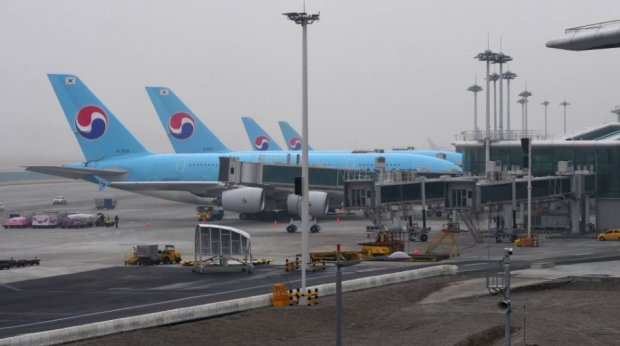Korean Air to become a top 10 world airline – but challenges abound

Korean Air’s plan to take over rival Asiana Airlines will cause one of the biggest-ever shakeups in the South Korean airline industry, and the competitive implications will also be felt elsewhere in the Asia-Pacific region and globally.
The purchase is seen by the government and Asiana’s creditors as the best way to ensure the continuation of Asiana’s operations, albeit under another airline’s identity. Asiana was struggling even before COVID-19 emerged, and the onset of the pandemic torpedoed an earlier buyout attempt by another corporation.
Merging the two airlines will reduce competition, but there are very few alternative paths available that would retain Asiana as a strong competitor. There is limited appetite for outside investment into airlines thanks to COVID-19, particularly for carriers that were financially shaky before the pandemic.
Absent this deal the most likely outcome for Asiana was dramatic downsizing or perhaps eventual collapse. The government has obviously decided that reducing competition was preferable to mass job losses.
The government’s support for a merger of this magnitude would have been difficult to imagine before COVID-19. But this is yet more evidence that the pandemic has shaken up industry norms.
Summary:
- Korea’s government sees merger as best option to preserve jobs after earlier deal collapsed
- The combined carrier could potentially be among the world’s 10 largest by traffic and capacity
- Full ramifications for fleet, networks and subsidiaries are yet to be determined
- Some aircraft types are common to both, but the deal will still mean a more complex fleet
- Asiana would initially be a subsidiary, and full integration could take years
